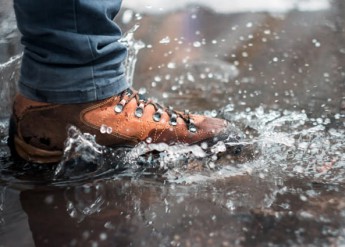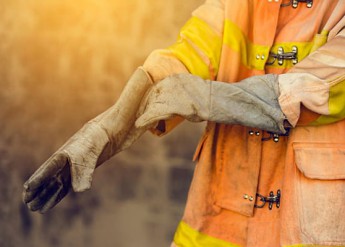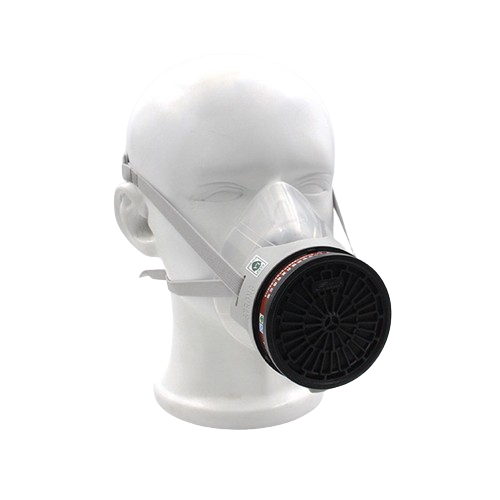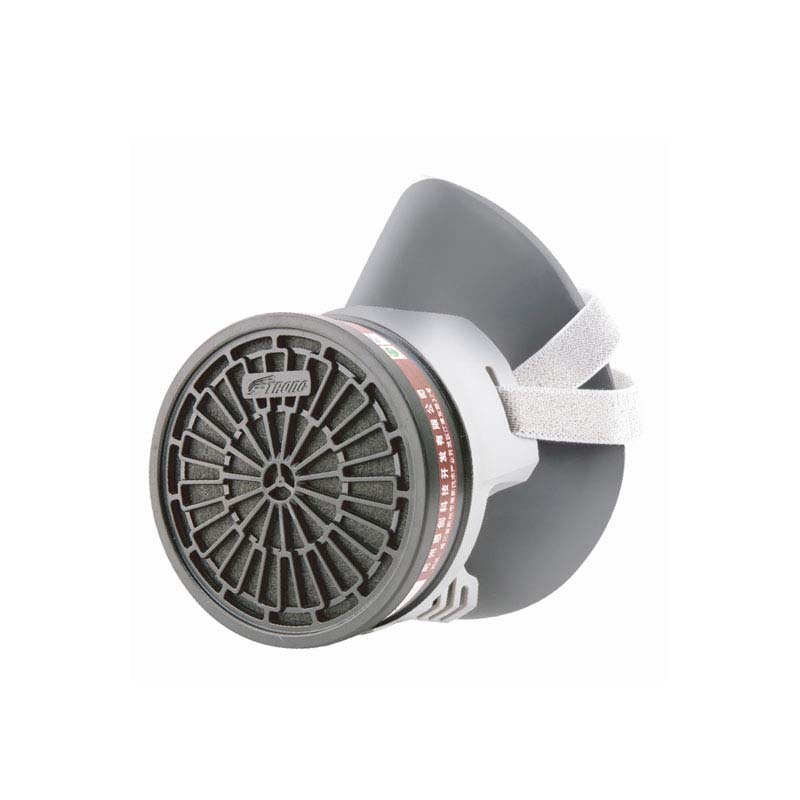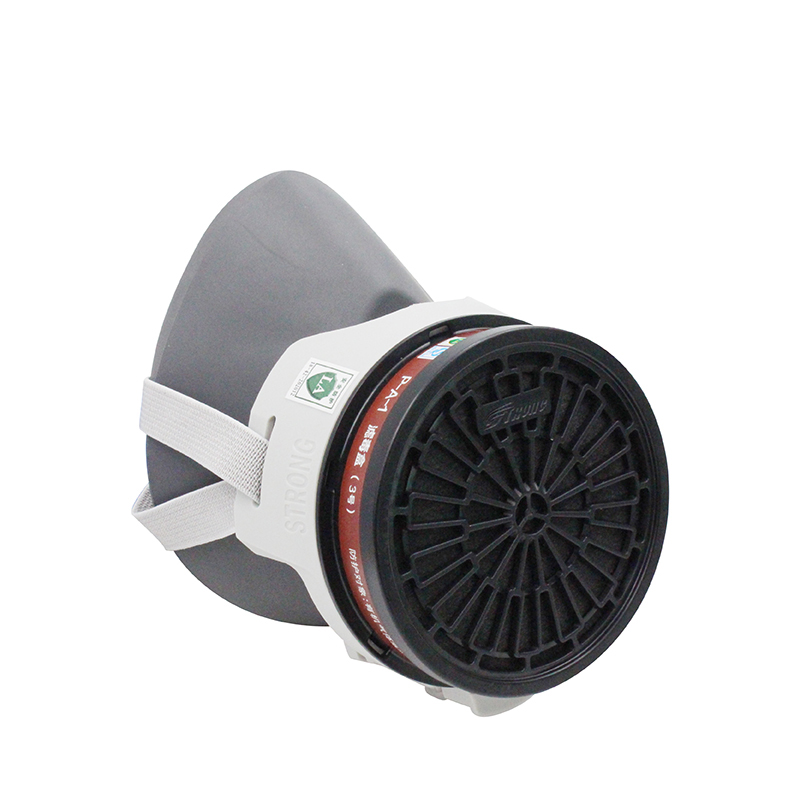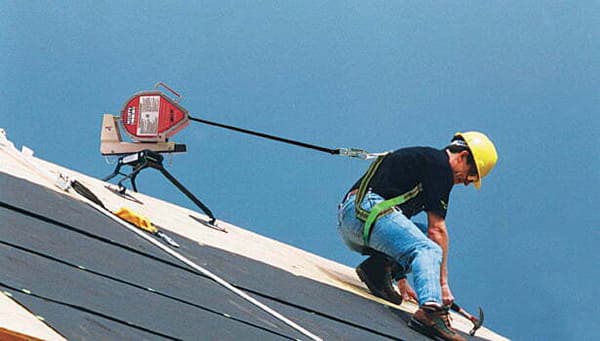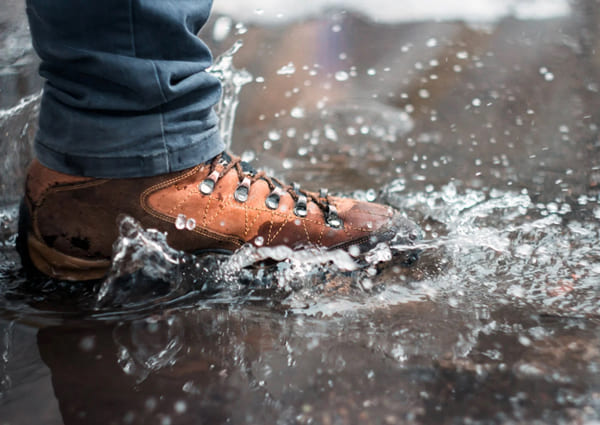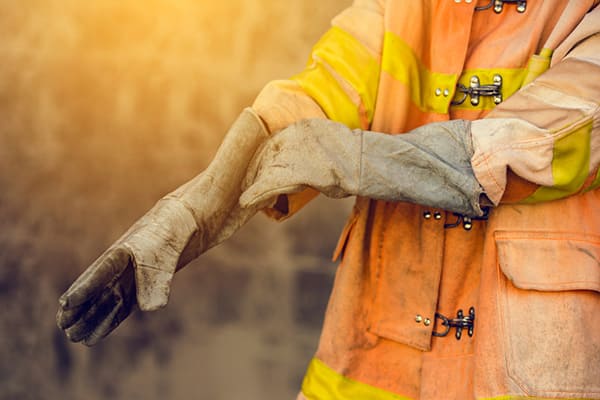Life Jacket: A Crucial Piece of Safety Equipment for Water Activities
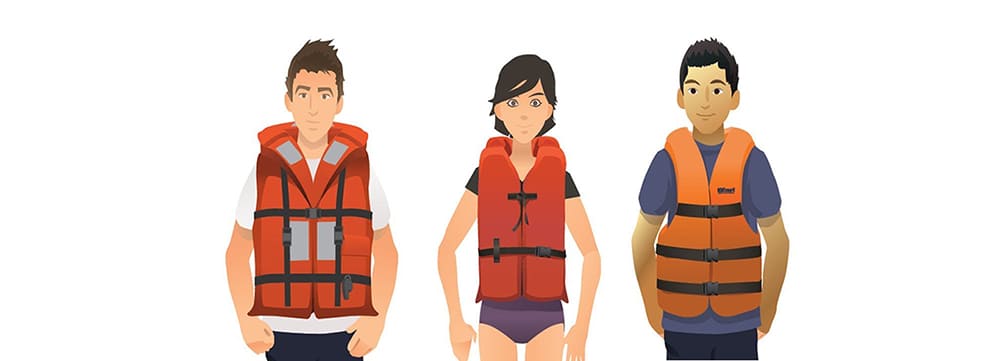
When it comes to water activities such as boating, fishing, and swimming, safety should always be a top priority. One of the most important pieces of safety equipment that anyone who spends time on or near the water should have is a life jacket. A life jacket, also known as a personal flotation device (PFD), is designed to keep a person afloat in the water and help prevent drowning. Here are some important things to know about life jackets.
First and foremost, it’s important to choose the right type of life jacket for the activity you’ll be doing. There are several different types of life jackets available, each with its own specific use. For example, a Type I life jacket is designed for use in rough, open water where rescue may take some time. A Type II life jacket is designed for use in calmer waters where rescue is likely to be quicker. A Type III life jacket is designed for activities such as kayaking, waterskiing, and fishing, where the wearer will likely be conscious and able to keep their head above water. A Type IV life jacket is a throwable device, such as a ring buoy or cushion, that can be used to help someone who has fallen overboard.
It’s also important to make sure that your life jacket fits properly. A life jacket that is too big or too small may not provide the necessary flotation or support, and could even come off in the water. To ensure a proper fit, follow the manufacturer’s instructions and try on the life jacket before purchasing. It should fit snugly but comfortably, with all straps and buckles securely fastened.
Another important factor to consider is the quality of the life jacket. Look for a life jacket that has been approved by the appropriate regulatory agency, such as the United States Coast Guard or the European Union. These agencies have established safety standards for life jackets to ensure that they are designed and manufactured to provide adequate flotation and support.
Finally, it’s important to wear your life jacket at all times when you’re on or near the water. Even the strongest swimmers can become exhausted or disoriented in the water, and a life jacket can provide critical support and help prevent drowning. Make sure that everyone in your group has a properly fitting life jacket, and that they wear it at all times.
In conclusion, a life jacket is a crucial piece of safety equipment for anyone who spends time on or near the water. By choosing the right type of life jacket, ensuring a proper fit, selecting a high-quality product, and wearing it at all times, you can help ensure a safe and enjoyable water activity experience.


